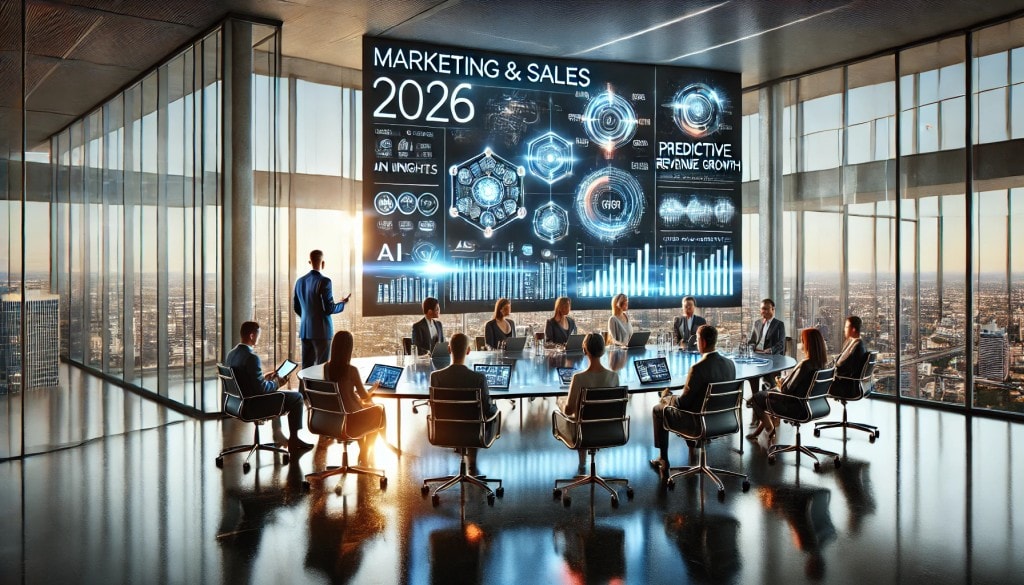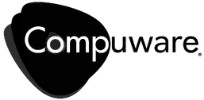
The race for attention in B2B marketing has never been tougher. Budgets are under scrutiny, buyers are more selective, and AI-driven search is rewriting how visibility is earned. Yet, one of the most overlooked solutions is also one of the simplest: Content Repurposing Strategies. Instead of producing endless streams of new material, smart marketers are extending the lifespan and impact of what they already have. Repurposing is not recycling; it is repositioning, reframing, and redistributing your expertise to reach audiences where they are today—and where they’ll be in 2026.
At SmartFinds Marketing, we see content repurposing as a multiplier. It squeezes every drop of ROI from your efforts while building consistency across the buyer’s journey. When executed strategically, it gives you presence in multiple channels, sustains thought leadership, and powers lead generation—without requiring endless new production cycles.
This article outlines why content repurposing matters, how B2B leaders should approach it in 2026, the role of AI, and the strategies that ensure you’re not just keeping pace, but maximizing impact across every platform.
Why Repurposing Content Matters More Than Ever in 2026
Content production is no longer the bottleneck—it’s attention. B2B buyers are saturated with more content than ever before, yet they still demand personalized, relevant insights that guide them through long decision cycles. Creating brand-new content for every channel, audience, and stage is not sustainable. Content Repurposing Strategies bridge this gap by allowing businesses to take one core idea and adapt it into multiple high-value touchpoints.
The dynamics of discovery are also shifting. AI-powered assistants synthesize answers from trusted sources, not simply list websites. That means your expertise must exist in multiple validated formats—blogs, podcasts, LinkedIn articles, videos—if you want to be consistently surfaced. Repurposing ensures you’re not betting on one channel alone but building a mesh of interconnected signals that AI and humans both recognize.
Closing thought: In 2026, content repurposing is not a shortcut—it’s a survival tactic. Businesses that adapt quickly will extend their influence while competitors continue burning resources on content that goes unseen.
Practical Ways B2B Marketers Can Repurpose Content
Repurposing content is not a one-size-fits-all activity. It is about understanding how buyers consume information at different stages of their journey and tailoring formats accordingly. Start with cornerstone assets—case studies, webinars, whitepapers—and break them into channel-ready pieces. For example, a single client success story can become a LinkedIn carousel, a short video clip, a podcast highlight, and a supporting blog article.
- Transform blogs into LinkedIn carousels that emphasize visuals and soundbites.
- Recast webinars into guides, blog recaps, and short-form clips for YouTube or LinkedIn.
- Expand case studies into press releases and newsletter features.
- Turn podcast guest spots into LinkedIn articles and snippets for email campaigns.
Closing thought: Repurposing done well makes every asset a growth engine. It is not about creating more; it is about extending the reach and resonance of what already works.
How AI Accelerates Smarter Content Repurposing
AI has accelerated the efficiency of Content Repurposing Strategies in ways that were not possible even two years ago. Tools powered by generative AI can summarize, adapt, and reformat material for different channels in minutes instead of days. They can also analyze which formats resonate most with your audience, allowing you to double down where impact is strongest.
For instance, AI-driven summarizers can turn a 45-minute webinar into a 700-word blog recap and a 10-slide LinkedIn deck, while maintaining tone and context. Generative models can rewrite technical whitepapers into accessible summaries for C-suite executives. AI-powered SEO tools can refresh older blogs with updated keywords and entity associations so they remain visible in 2026 searches. For deeper context on applying AI across B2B marketing, see our article on AI-Powered B2B Marketing.
Closing thought: AI is not replacing strategy—it’s enabling scale. When paired with a clear framework, AI ensures repurposing is not only efficient but precisely tuned to audience needs.
Real-World Examples of Repurposed Content Driving Results
The power of Content Repurposing Strategies becomes clear when you see it applied. A B2B software client, for example, hosted a webinar that had moderate live attendance but tremendous long-term potential. By breaking it into blog posts, LinkedIn highlights, and a downloadable guide, they multiplied engagement by 5x over six months.
Similarly, a logistics client transformed a technical case study into three LinkedIn posts, a press release, and a short-form video series. Instead of fading after its initial publication, the case study became a six-month campaign asset that continued driving leads long after its debut.
Closing thought: Repurposing is not about squeezing old content dry—it’s about discovering new entry points for your audience to engage with your story.
Measuring ROI from Repurposed B2B Content
The business case for content repurposing is straightforward: higher ROI with lower incremental costs. Instead of pouring resources into brand-new campaigns every month, repurposing ensures past investments continue paying dividends.
Repurposing also strengthens message consistency across the buyer journey. A whitepaper can introduce a topic, a blog can explain the details, a webinar can dive deeper, and a LinkedIn post can spark discussion—all pointing back to the same core expertise. This continuity builds trust while creating multiple conversion opportunities. To improve how repurposed traffic converts on-site, see our guide on how to improve your website conversion rate.
Closing thought: In 2026, efficiency is not optional. Content Repurposing Strategies allow marketing teams to deliver more impact without ballooning budgets, creating a compounding effect on ROI.
From Strategy to Execution: Putting Repurposed Content to Work
At SmartFinds Marketing, we’ve built three decades of expertise helping B2B organizations anticipate, accept, adapt, and adopt change. Content Repurposing Strategies are one of the most underutilized levers we see for driving growth in 2026. We don’t just advise clients to repurpose—we help them design systematic frameworks that turn a single piece of content into dozens of high-impact assets.
If your organization is ready to get more value from the content you already produce, let’s talk. Whether it’s adapting case studies for multi-channel campaigns, leveraging AI for re-optimization, or aligning repurposed content with your lead generation strategy, SmartFinds is ready to help. Connect with me on LinkedIn to start building your playbook for 2026.
Schedule a Discovery Call Now
Author: Melih Oztalay




















